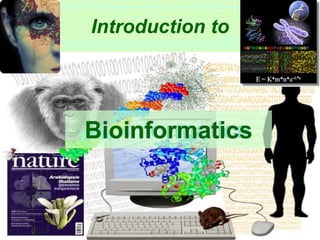This document provides information about an introduction to bioinformatics course. It outlines the course methodology, which includes 10 lectures and mini-exams, 7 skills classes involving programming tasks, and a final exam. The lectures will cover theoretical aspects of bioinformatics and each will start with a mini-exam on the previous lecture. The skills classes will involve hands-on programming assignments to be submitted weekly. The course will conclude with an open-book final exam assessing understanding of the course material.












































































































